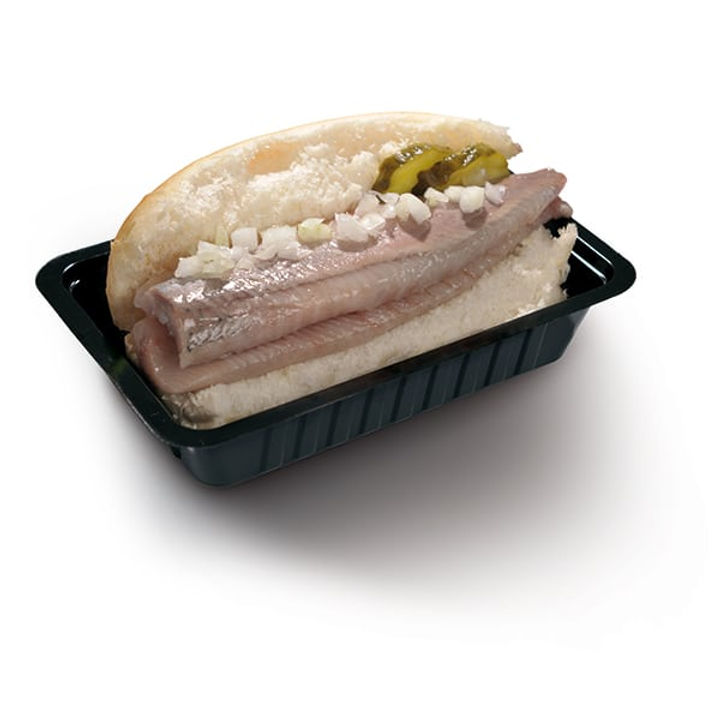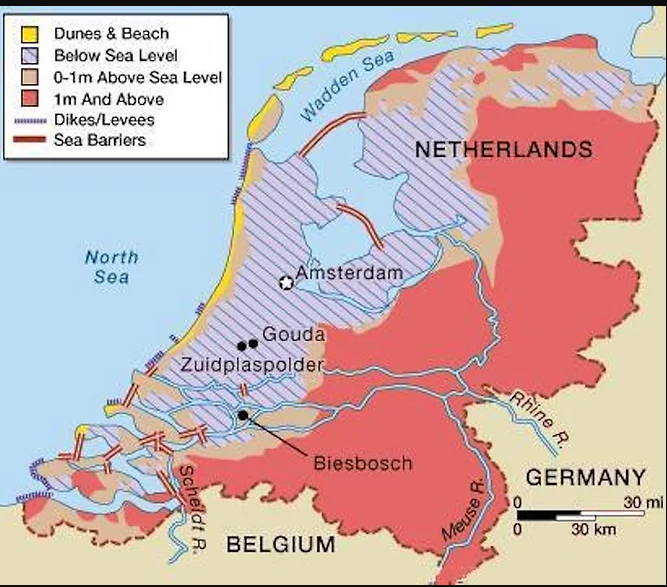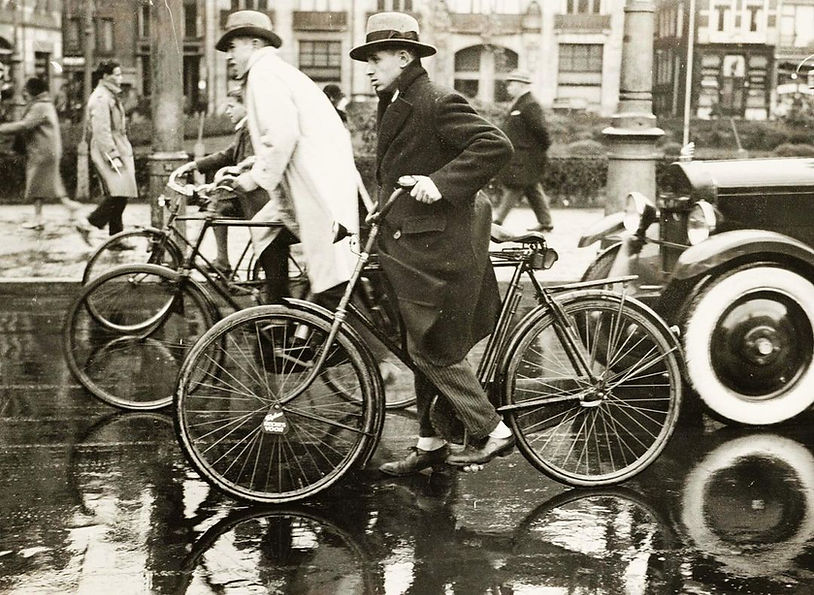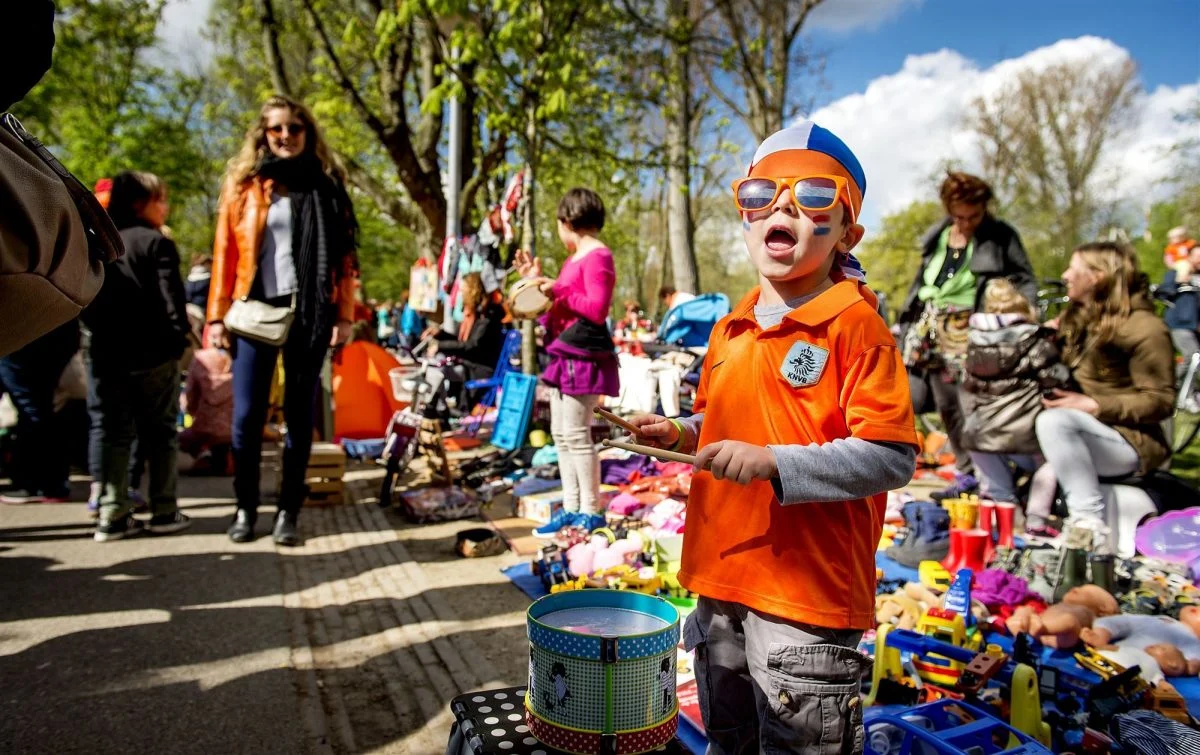
The Netherlands, has a deep love for the color orange. From the jerseys of the national football team to the outfits worn during King’s Day, orange is everywhere in Dutch culture. But it’s strange that the Dutch flag is red, white, and blue – with no orange in sight. So, why isn’t the Dutch flag orange?
To understand this, we need to look at Dutch history and the story of William of Orange.
Why The Dutch Flag Is’nt Orange:
The Dutch flag is not orange because, although it originally featured orange, white, and blue to honor William of Orange, the orange stripe was replaced with red in the 17th century due to practical reasons, such as the instability of orange dye, and political shifts.
The Origin of Orange: The Town of Orange:
In southern France, there’s a small town called Orange. In 1544, William of Nassau, a noble from the House of Nassau, became the Prince of Orange. This event linked his name and the color orange to Dutch history forever.
William of Orange: A Key Figure:
In the 16th century, during the Dutch fight for independence from Spain, William of Orange became a leader and symbol of hope. Known as “William the Silent,” he led Dutch soldiers who wore white, orange, and blue uniforms, creating a new national identity connected to the House of Orange.
Changing Colors: Why Isn’t The Dutch Flag Orange:
Despite starting with an orange-white-blue flag, the Dutch flag changed in the 17th century. As the Republicans gained power and the influence of the House of Orange faded, the red, white, and blue “Statenvlag” (States’ Flag) replaced the “Prinsenvlag” (Prince’s Flag).

There are many theories about this change:
The Lasting Love for Orange:
Even though the flag changed, the Dutch love for orange didn’t. Orange remains a symbol of national pride. The Dutch national football team, called “Oranje,” wears orange, and fans, known as the “Oranje Legioen,” show their support by dressing in orange.

Conclusion:
Orange continues to be a big part of Dutch culture. It symbolizes unity and pride during celebrations and sporting events. Even though the flag isn’t orange, the color remains deeply embedded in the hearts of the Dutch people. So, while the Dutch flag is red, white, and blue, the spirit of the Netherlands will always be orange.











